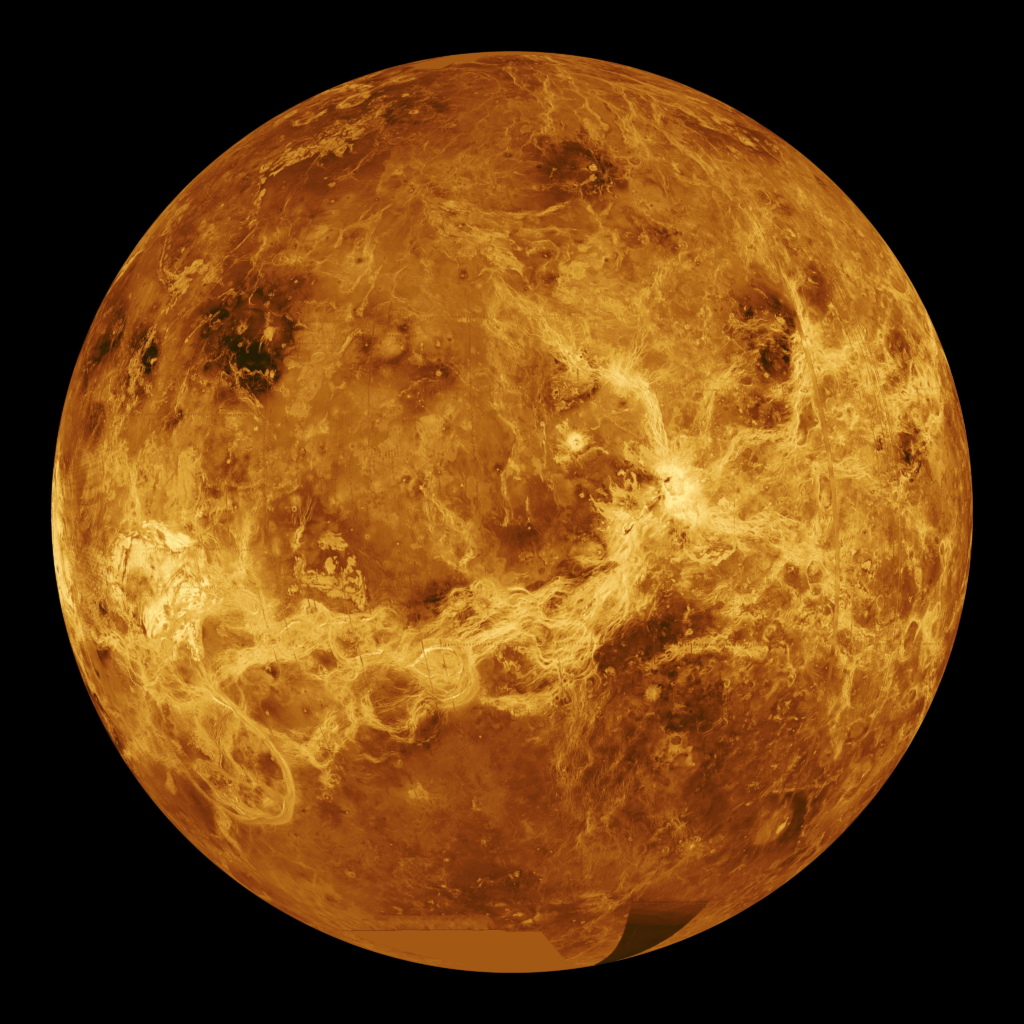Hello! I’m talking about Planets today. Oh yeah, this is my first post in this category.
First up, we know, is the Sun. We know this is not a planet, but I’ll talk about it anyways. The sun can fit over a million earths inside it, and surprisingly takes up 99.98% of mass in the solar system! The planets are orbiting around the sun because of the sun’s huge amount of gravity.
After the sun, (this is the closest planet to the sun) but not the hottest. The closest planet to the sun is Mercury. Mercury is the smallest planet in our solar system. Actually, it’s only a bit bigger than our moon. The reason why it isn’t the hottest, is because it doesn’t have an atmosphere. On Venus (The hottest planet in the solar system) it has an atmosphere so Venus can trap heat unlike Mercury.

The next planet is Venus. Venus is the hottest planet in the solar system, because of its atmosphere and clouds. Venus is also really similar in size to Earth. The reason Venus is hotter than mercury is because it has an atmosphere and a ton of carbon dioxide trapped inside. The air of Venus made up of 96% carbon dioxide.

Now we move on to Earth. Earth is our home planet, which we live in. And also, water covers up over 70% of earth’s surface! In 1950, there are 2,499,322,157 people. And in 2022, 8,000,000,000 people! The population also increased 0.83% since 2021.

Next up, there’s Mars. People are trying to find life forms and move from earth over to Mars because the rapid increase of population. There is a possibility that Mars used to be like earth. It takes 6 months to get from Earth to Mars using a spaceship. Sometimes Mars takes some Asteroids from the Asteroid Belt and swings it over to Earth.

Hmm, It’s the Asteroid Belt next. Some of you might not know what this is, but I’ll explain it. The Asteroid Belt is a belt containing asteroids. In movies, do you see that a person has to swerve back and forth to not collide with an asteroid? Well, these asteroids here are Miles apart. (Sorry, no picture.)
We will talk about our biggest planet in the solar system next, Jupiter. Jupiter is a gas giant, and actually weighs more than all the planets in the Solar System combined. (Approximately 2.5 times more mass than all the planets in the solar system combined!) And that red spot, do you see down in the picture? Yeah, that little circle, is changing size. Sometimes it can be two Earths wide!

After Jupiter is our Famous planet Saturn. Saturn is well known for its rings. It’s also the 6th planet away from the Sun. On earth, a day is 24 hours as we know it. On Saturn, it is 10 hours 39 minutes.

After Saturn, there’s a weird planet that orbits 90 degrees more upwards than the other planets. Its name is Uranus. People think that a huge object, crashed into Uranus really, really, really long ago turning it to its side.

The last planet that is considered a planet is called, Neptune. This planet is the farthest planet from the sun. A year on Neptune is 165 years on earth. It’s also the smallest gas giant of all the gas giants. It also has 6 rings, but it’s hard to spot.

Next is the Kuiper Belt. The Kuiper Belt contains Pluto and is beyond Neptune. (Sorry, I couldn’t get a lot of information on the Kuiper Belt, including the picture.)
The very last component of the solar system is the Oort Cloud. (Not really a cloud, nor a belt, but it’s still part of the solar system.) The Oort Cloud is a big layer around the entire solar system. Shaped like a sphere, the Oort Cloud is pieces of debris from space.
5 Fun Facts:
- An Astronomical Unit is the distance between earth and the sun. (Also known as AU.)
- 194 moons, 3,583 comets, 796,289 asteroids, and 8 planets have been discovered in the solar system.
- If you shout in space, since space cannot carry sound waves, then nothing can hear you.
- Neutron Stars, which spin incredibly fast, can spin up to 500+ times a second.
- Two pieces of metal is permanently stuck together in space if you put them near each other. (Like magnets)
List of Biggest to Smallest planets in the solar system:
- Jupiter
- Saturn
- Uranus
- Neptune
- Earth
- Venus
- Mars
- Mercury
That’s all the planets from Biggest to Smallest in the solar system.